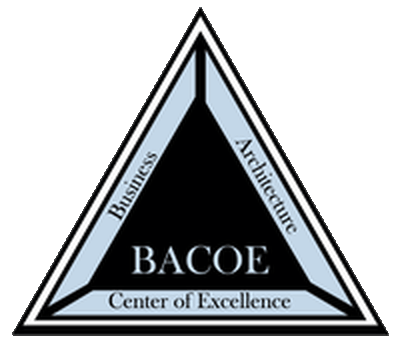Every large-scale organization employs information technology for its data storage and solution needs. Information technology architecture is like a document explaining how a company’s IT and other information elements work towards achieving and implementing its goals and objectives. The specific areas addressed by systems architecture are business processes, data sets and information applications and software and technology. It helps in defining how changes in technology can be implemented within the overarching business goals.
Information systems architecture is an integral part of Business Architecture and strategic planning. A technical blueprint of the company, when aligned with the business components, helps in processing and sharing relevant information across the board. It helps companies to respond to changes in business and technology quickly and also helps reducing costs because of economies of scale and sharing of resources.
It makes sound business sense to go for a technical architecture and align it with Business Architecture. It helps in adapting to changes much faster and in responding to clients’ needs efficiently.
Understanding Information Systems Architecture
Business architecture and system development defines the broad structure of a system, consisting of its parts, their interrelationships and other visible properties. It consists of constituent units such as business architecture, technology architecture and information systems architecture.
Taken together, they ensure that an organization:
Meets stakeholder needs
Aligns its IT with business purposes
Integrates all departments
Promotes security
Brings about data integrity and consistency and
Reduces duplication and is cost-effective
Collaborative Effort Through Business Architecture Engagements
Mere enunciation of the business architecture tasks in an organization is not enough. These objectives can be put into practice only with a proper engagement process. This helps to establish the rules of governance and the ways in which the architecture process can be managed. Architecture engagements ensure that BA standards and guidelines are put into effect. They set out rules specifying ways in which Business Architecture and strategic planning can be carried out by projects. They are intrinsic parts of the Architecture governance process.
For effective engagement, interaction between the project team and the architects is critical. It includes various steps such as developing BA standards, carrying out project activities and performing compliance and conflict resolution activities.
It is a process by which the key stakeholders are involved in the company’s IT and business goals. The key stakeholders in the governance process include the company’s overall management, business unit management and project management team.
Transparent Decision-Making in the Business Architecture Governance Process
Governance is the process that ensures that organizational changes are moving in the desired direction, implementing the goals and objectives. The business architecture governance process may consist of clearly spelled or enforced rules or can be broad declaration of IT principles. It helps in creating accountability and achieving an organization’s IT vision.
Business architecture engagements are an important component of the governance process. A collaborative information systems architecture representing all stakeholders will be more effective and successful for the organization.

